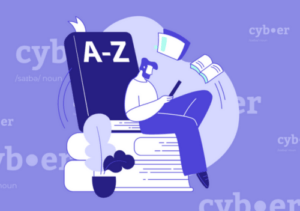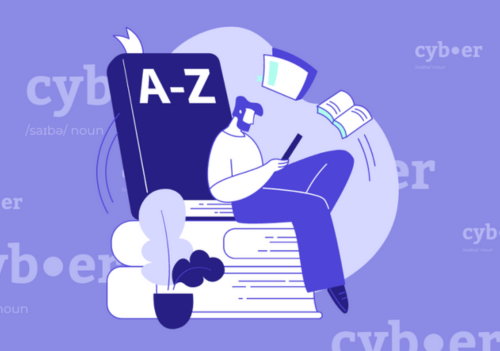Our recent masterclass on Human Integration and Technical Defenses, led by Erich Kron in partnership with KnowBe4, provided a comprehensive exploration of integrating both human and technical defenses to boost cyber posture. The session offered valuable insights into critical areas related to the human factor in cyber security: layered security strategies and collaborative risk management practices. Additionally, the masterclass examined how aligning technical defenses with human awareness can significantly enhance an organization’s cybersecurity resilience.
Top Methodologies for Managing the Human Factor in Cyber Security
Strong Email Filters
One of the primary methods of mitigating cyber risk is through the use of strong email filters.
With approximately 6.4 billion fake emails sent daily, email filters play a crucial role in sifting through the barrage of potentially harmful messages.
These filters help identify and block phishing attempts and spam, significantly reducing the volume of malicious emails that reach users’ inboxes. However, it’s essential to recognize that the more sophisticated phishing attempts can still bypass these filters, necessitating additional layers of defense.
Credential Management
Effective credential management is vital in preventing unauthorized access. The reuse of usernames and passwords across multiple platforms increases vulnerability, as credentials compromised in one breach can be exploited elsewhere. Implementing unique, complex passwords for different accounts and using password vaults to store and generate these passwords can significantly enhance security.
Enable Multi-Factor Authentication (MFA)
Multi-Factor Authentication (MFA) adds an additional layer of security beyond just passwords. While MFA is not infallible, it provides a significant deterrent against unauthorized access by requiring a second form of verification. This can be particularly effective when paired with strong password practices.
Educate Your Users
User education is a cornerstone of effective cybersecurity. Many cyber threats exploit human error, making it crucial to train users to recognize and respond to phishing attempts and other scams. Regular training sessions, simulated phishing exercises, and ongoing awareness programs can significantly improve users’ ability to identify and avoid threats.
Emphasizing the importance of good password practices, understanding the limitations of MFA, and being vigilant about suspicious activities are key areas of focus in user education.
Weapons-Grade Backups
Robust backups are essential for recovery in the event of a cyberattack. Regular testing of backups and keeping them isolated from the network can prevent attackers from compromising these critical resources. Immutable backups, which cannot be altered or deleted, provide an additional layer of protection against ransomware and other destructive attacks.
In conclusion, the landscape of digital threats, from ransomware to business email compromise, underscores the importance of a multi-faceted approach to cybersecurity. No single security control is foolproof; therefore, implementing layered defenses ensures that if one control fails, another can intervene to thwart the attack. By harmonizing technical and human risk management practices, with humans serving as the critical pivot between proactive measures and reactive responses, organizations can significantly enhance their resilience against cyber threats.








